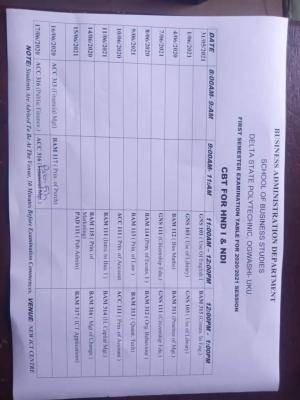
The Internal Assessment (IA) is a critical component of the International Baccalaureate (IB) program, designed to evaluate a student’s understanding and application of the subject matter. Unlike external examinations, the IA allows students to delve into specific topics, showcasing their analytical skills and independent research capabilities. Writing a winning IB Internal Assessment requires a strategic approach that goes beyond mere content knowledge. In this article, we’ll explore key aspects that can elevate your IA from ordinary to exceptional.
Crafting a Compelling Research Question
The first step in creating a winning IB Internal Assessment is the formulation of a compelling research question. This question serves as the guiding star for your entire project, influencing the depth and scope of your investigation. A well-crafted question should be specific, focused, and allow for meaningful analysis. Avoid broad inquiries that lack depth, as they can lead to superficial investigations. Instead, consider questions that encourage critical thinking and demonstrate a clear connection to the subject content.
For example, in an economics IA, rather than asking, “How does inflation impact the economy?” you might pose a more targeted question such as, “To what extent does inflation affect consumer spending patterns in [a specific country]?” This narrower focus not only demonstrates a deeper understanding of the topic but also provides a clear framework for data collection and analysis.
Leveraging Professional Support
While the journey of crafting a winning IB Internal Assessment is undoubtedly a personal and academic endeavor, it’s essential to recognize that students may encounter challenges along the way. This is where the assistance of an IB internal assessment writing service can prove invaluable. These services are designed to provide guidance, support, and, when necessary, expert input to ensure that your IA meets the high standards expected in the IB program. It’s crucial, however, to approach these services judiciously. Use them as a supplement to your efforts, seeking assistance with specific aspects such as refining your research question, structuring your IA, or clarifying your data analysis. Remember that the ultimate goal is not to replace your efforts but to enhance them, ensuring that your unique voice and academic integrity remain intact.
Data Collection and Analysis
Once you’ve established a robust research question, the next crucial step is the collection and analysis of data. This phase requires a meticulous approach to ensure the reliability and relevance of your findings. Depending on your subject, data could be quantitative, qualitative, or a combination of both. Regardless of the type, make sure your data collection methods align with your research question and are ethically sound.
In the sciences, this might involve conducting experiments and recording precise measurements, while in the humanities, it could entail analyzing primary sources or conducting interviews. The key is to choose methods that allow you to answer your research question effectively. Equally important is the thoroughness of your analysis. Don’t just present data; interpret its significance, identify patterns, and draw connections to your research question. This is where you demonstrate your ability to think critically and apply your knowledge to real-world scenarios. Clear and insightful data analysis is the bridge that transforms information into meaningful knowledge, setting your IA apart from the rest.

Effective Communication
A winning IB Internal Assessment is not just about what you know; it’s about how well you can communicate that knowledge and analysis. The ability to convey complex ideas clearly and concisely is a skill that transcends academic settings and is highly valued in various professional fields. Structure your IA with a logical flow, beginning with an introduction that outlines your research question and the purpose of your investigation. From there, guide your reader through your methodology, data analysis, and conclusions.
Use appropriate academic language and be mindful of your tone, ensuring a balance between formality and accessibility. Include visuals like graphs, charts, or tables to enhance the presentation of your data, but be selective and ensure they add value to your analysis. The conclusion should not merely summarize your findings but should reflect on the implications of your research and suggest areas for further exploration.
In navigating the intricate terrain of crafting a winning IB Internal Assessment, students must embrace the multifaceted nature of the task. From the inception of a thought-provoking research question to the meticulous analysis of data and the effective communication of findings, each step is a building block toward academic excellence. While professional services can offer valuable support, they should be viewed as complementary tools rather than shortcuts. Ultimately, the success of your IA lies in the fusion of your efforts, critical thinking, and effective communication. By approaching this academic challenge with curiosity, dedication, and a strategic mindset, you not only fulfill the requirements of the IB program but also cultivate skills that extend far beyond the classroom, preparing you for future academic and professional endeavors.




